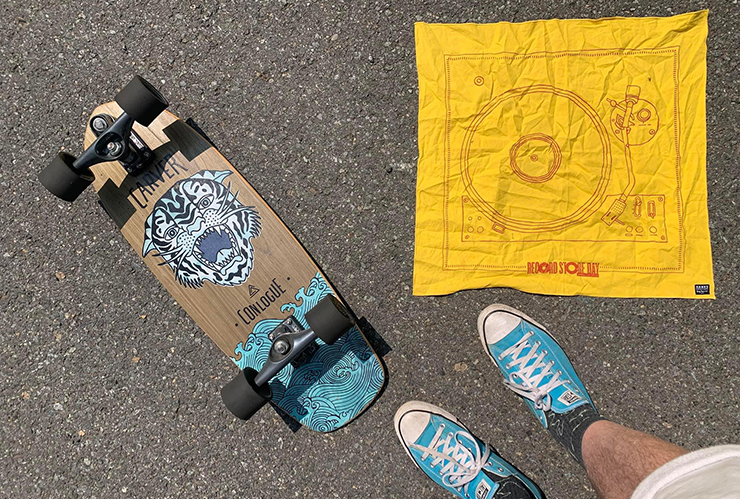It is perhaps unsurprising that plans to build a new skateboarding park in Brooklyn have met with resistance. As we learned during COVID, few things cause more consternation in the souls of leftists than the possibility that someone, somewhere, might be enjoying a good time.
So naturally environmentalists are opposing plans from Mayor Eric Adams, working with legendary skateboarder Tony Hawk, to build a 40,000-square-foot skate center in the Mount Prospect Park. Despite plans to integrate the existing green space, there are complaints from these quarters, calling it the “paving over” of green space. This opposition is short-sighted. As AEI fellow and skateboarder Samuel Abrams recently wrote, “Despite the intense local opposition, the fact remains that skate parks are critically important third places that drastically improve neighborhood social capital and community strength. The city should move forward with this vital amenity and be lauded for trying to keep its parks dynamic.”
As a lifelong skateboarder, I’m in favor of the proposed park even though skatepark riding has never been my style. I learned to skateboard as a kid in the 1970s, before there were any skateparks. Instead, we rode through neighborhoods and down city streets where there was something new around every corner. There was also something both Zen and adrenaline-fueled in the experience. One could be present in the moment—while riding you can’t think more than a few seconds into the future—and simultaneously dodging the cars and dogs and construction that got in the way. It was pure fun but also a portal to spiritual rejuvenation and peace.
In the 1980s when I was a waiter at a bar in Georgetown, my apartment was halfway down a long hill close to the university. Walking home at 3 a.m. with pockets full of tips was always unnerving, until I got a skateboard. I would dive bomb the hill home, the cool late-night air in my face, riding virtually all the way through to the front door of my apartment, which was on the ground floor. Some nights if I was cranked up after work, I would ride right down Wisconsin Avenue and into the heart of Georgetown. Skatepark riding just couldn’t compete with that.
More recently, I’ve fallen in love with Carver skateboards. The story of this inspired, beautiful, and unique board should be taught in every business school in America. In 1996 in Venice Beach, surfers Greg Falk and Neil Carver wanted to ride some waves, but the weather and tides weren’t cooperating. There were no swells. So instead, these two innovators created a new skateboard that would more closely mimic the experience of riding a surfboard. While the descriptions about the Carver design can get technical, at heart it’s pretty simple: Falk and Carver designed a board on which the front truck could pivot. It gave the boards much greater movement.
In fact, for some of us it was revolutionary. When I got my first Carver several years ago, I ended up calling the company to complain after my first ride. This thing was wobbling all over the place! The nice woman on the other end suggested I give it a day or two. Then it happened. Something clicked, my leg muscles keyed in on the new, greater latitude, and I took control. I glided through the neighborhood, carving into driveways and soaring past the bicyclists.
The Carver is American fun—ingenuity and spirit at its best. My description of the creation of Carver makes it sound like it came easy, but the video of Falk and Carver at the drafting board reveals the long hours of blueprints, sweat, tears, and even blood that went into mastering this American original. The test rides for prototypes were often disasters. “We just wanted a street surfer to ride, so we had to make one.” Greg Falk said in an interview. “Had there been anything available we would have gladly bought it and spent our time riding the hills instead.”
I’ll bring my Carver to Brooklyn when the new park is built. Rather than attempting any blunts or ollies, however, I’m much more likely to be spotted enjoying a street ride through the city.

Leave a Reply